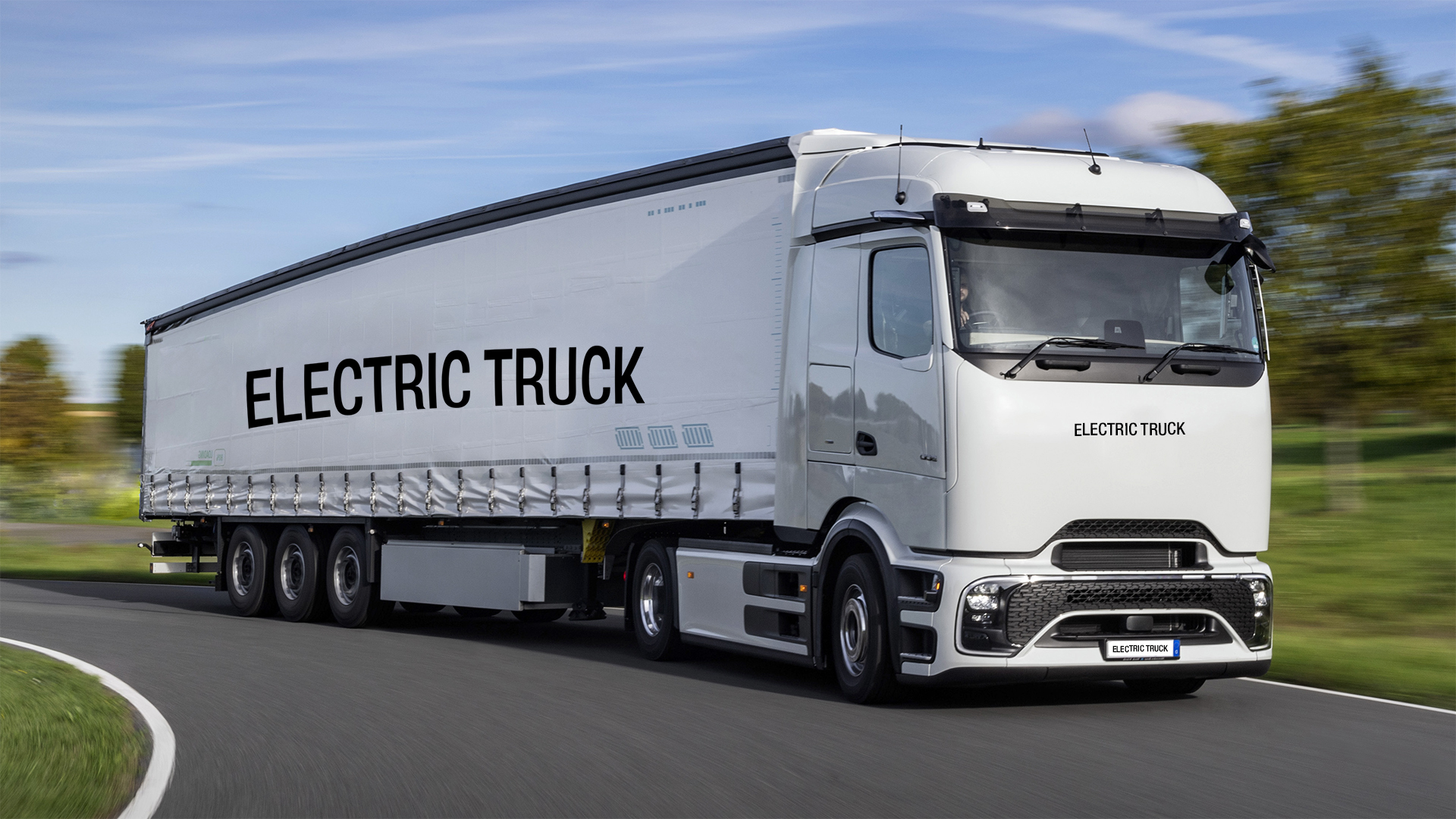The burgeoning market for electric semi-trucks faces a formidable economic barrier, as evidenced by recent industry analyses revealing a steep decline in demand. High costs and operational inefficiencies overshadow the environmental advantages these vehicles offer. Despite substantial government incentives, companies like Ryder highlight that electric semi-trucks are thrice as expensive as their diesel counterparts and grapple with logistical challenges such as limited range and protracted charging times.
Financial Strain and Technological Gaps
Cost Dynamics
The trucking industry, predominantly comprised of small fleets, finds the financial burden of transitioning to electric trucks overwhelming. Federal and state subsidies alleviate initial costs, but ongoing expenses in maintenance, labor, and charging infrastructure remain substantial. These economic factors severely impede the adoption of electric trucks.
Battery Technology
The limitations of current battery technology further exacerbate these financial hurdles. Electric semi-trucks are hampered by short ranges and extended recharging periods, rendering them impractical for high-demand logistics operations. The industry requires significant advancements in battery efficiency and the development of rapid charging solutions to enhance the viability of electric trucks.
Regulatory Support and Industry Response
Policy Measures
To catalyse a shift towards electric vehicles, government policies must extend beyond financial incentives. A comprehensive approach encompassing subsidies for infrastructure development and tax credits for R&D is essential. Policymakers must address the financial constraints faced by small trucking firms and offer scalable solutions.
Adaptive Strategies
The trucking industry can mitigate these challenges by integrating electric trucks in short-haul urban deliveries where they are most effective. This phased approach allows for technological and economic adjustments. Additionally, hybrid models may serve as a transitional solution, blending electric power with the reliability of diesel engines.
Prospective Outlook
Market Evolution
Over the next decade, the market for electric semi-trucks is poised for gradual growth as technology advances and costs decline. Early adopters will play a pivotal role in demonstrating the feasibility and benefits of these vehicles, potentially spurring broader acceptance. The market will also be shaped by global energy price trends, technological breakthroughs, and regulatory developments.
Sustainability Goals
Aligning with global sustainability objectives, the trucking industry’s gradual shift towards electric semi-trucks aims to reduce greenhouse gas emissions. As battery technology improves and economies of scale are achieved, the economic argument for electric trucks will strengthen. Ultimately, the industry must balance economic feasibility with environmental responsibility.
While economic challenges currently impede the adoption of electric semi-trucks, strategic investments in technology and supportive policies can foster a more sustainable future in the trucking industry. The path to widespread adoption will be incremental, necessitating collaboration among industry stakeholders, policymakers, and innovators.




